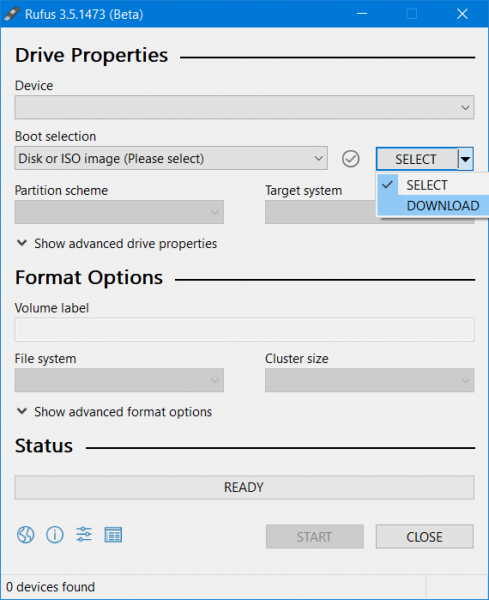

Press and hold the " Shift" key while clicking " Resta rt" button. The previous option does not require you to change the startup sequence in the BIOS. If yes, then the problem may be caused by your own USB drive.Īnd you have two ways to boot computer it, namely using Windows 10 quick boot menu "Use a device" or manually change boot order and then boot. 👉 Similarly, you can use a different USB boot drive on your PC to see if it's bootable. If it's bootable, this may be a configuration issue of your computer./p> 👉 Try this bootable USB on another PC that supports booting from USB. To fix it effectively, the first thing you need do is to check where the problem is coming from./p> The Windows boot USB not working issue could be caused by computer configuration or the USB drive itself. How do I know if my USB drive is bootable in Windows 10? And you can use it on all the Windows system, including Windows 7/8/10/11 etc. It allows you to boot both UEFI or BIOS computer and then restore your computer to an earlier date if you create a system image with it.

Also, if you want an easier way or Windows 10 bootable USB alternative, directly go to the 5th part. Now, I'll provide the approaches to check and fix the problem. You may receive error message like "no bootable devices found". In this case, the USB drive is likely to be damaged or corrupted. You can't boot from USB in Windows 10, not even select the right boot option. This is because your USB drive is old USB 1.0 or 2.0, which is not supported by Windows 10. By default, your computer only boot from the first boot option.īootable USB not showing up in boot menu. This may happen because of incrrect boot order. This means your USB stick is either corrupted or unbootable itself, or USB boot is not supported on the computer.īootable USB not showing up in BIOS. There are some other reasons may cause Windows 10 not booting from USB, please refer to the following scenarios:īootable USB is not detected as a boot device. And usually, BIOS boot mode requires NTFS file system while UEFI (CSM disabled) requires FAT32. Specifically, most of the old computer models supports Legacy BIOS while the modern computer like Windows 8/10 uses UEFI boot mode. Windows 10 bootable USB not working issue may be caused by wrong boot mode or file system. If you happen to be in a similar situation, you could stay for a while to learn more about Windows 10 bootable USB not working and then fix the error with given solutions. I've tried changing boot order, or manually selecting USB with no positive result. When I try booting from USB, the laptop ignores it and continues booting Windows. I've formatted the USB (tried MBR and GPT), and restored the ISO using Windows 7 USB/DVD Download Tool. I'm having problem with my Toshiba L875-S7308 where I cannot boot my USB while in UEFI mode.


 0 kommentar(er)
0 kommentar(er)
